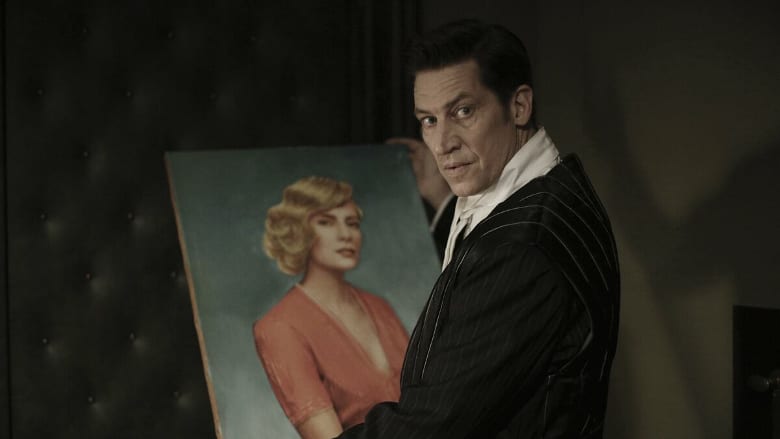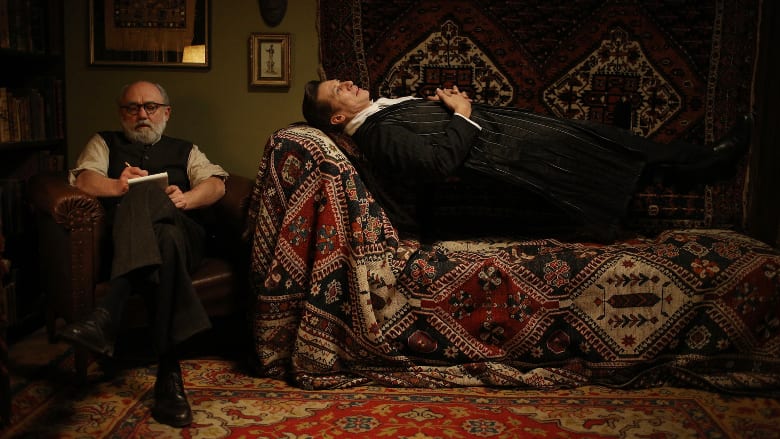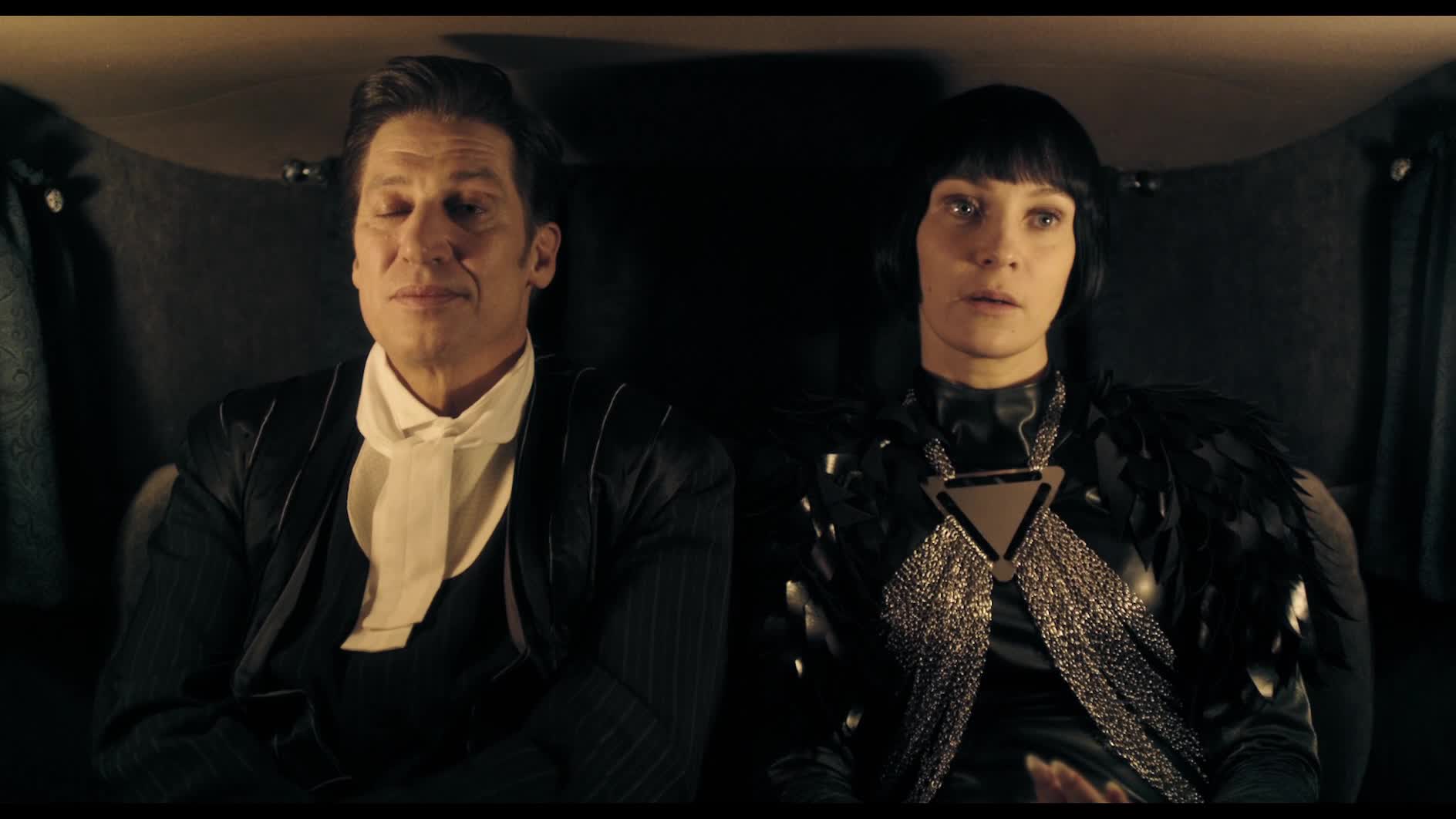Therapy for a Vampire (2014), written and directed by David Ruehm, is an Austrian horror-comedy that delves into the realities of immortal life. When Count Graf Geza von Kösznöm (played by Tobias Moretti) visits the original therapist, Sigmund Freud himself (Karl Fischer), he is in the throes of a century-brewed depression.
The puns come thick and fast as the count details a lack of thirst for life and an inability to self-reflect as the reason for his woes (Robert Ebert talks about this in his less-than-lovely review). That is until he sees the portrait of a woman he believes can be the reincarnation of his lost love, Nadila.
I’m not going to bore you by starting this Therapy for a Vampire review with a synopsis, for I fear that that is actually how it will turn out: boring. Not much happens with the plot of this film, save for a few hijinks with fake blood and a nod to the true origins of Count von Count in Sesame Street. It is essentially a foray into a tried and true form of comedy that harkens back to Monty Python but with far less success.
But there is a crucial dynamic that this film explores, one which had me hooked. Let’s talk about it in this Therapy for a Vampire review.
The Reflection of a Woman
Lucy (Cornelia Ivancan) plays the love interest of Viktor (Dominic Oley) and is the visage of the Count’s lost love, Nadila. She finds herself frustrated with Viktor for his constant fantasy paintings of her and his fetishization of this image of her in a series of pornographic images.
The blonde haired, dress-clad woman of his paintings and doodles is not the woman she feels she is. And when the Count comes along, she’s once again forced to reconcile her self-image with idealisation that is placed on her by the men – undead or not! – in her life.

Her struggle is reflected (oh yes, I did go there) in the subplot that is the Count’s wife’s (Jeanette Hain) quest to remember what she looks like. Centuries of having no reflection and only subpar portraits of herself (to which a supernatural cause is hinted at) have stricken her visage from her memory. So engrossed is she in this quest that she has almost orgasmic like reactions to her husband describing her.
In both these women, we find dichotomy. One who wishes to be seen for who she really is, and the other is desperate to see any reflection of herself in anyone around her. Ruehm plays here with the fickle nature of image in a way that goes along with the central theme of the film, therapy.
Therapy for a Vampire Explained
Is this film a poignant think piece on the nature of psychoanalytic? Indeed it is not. But what it is is a tongue-in-cheek look at the duality of stereotypically masculine and feminine traits.
While both women in this film are consumed with how they are viewed by others, both Viktor and the Count are so obtuse as to how they are seen that the parable becomes palpable. Ignorance is bliss… and apparently a masculine stereotype. Where the movie sings is in its handling of these two opposing forces. The eye of the beholder might be where to find beauty, but all of these characters appear to be blind.

The second area of strength for the film is in how it handles the vampire trope. Don’t get me wrong, no new graves are being dug here, but what the film portrays it does well. The movement of the vampires (are you listening, Twilight?) is done with a grace that leans into the mysteriousness of the vampires.
Transmogrification into bats is a staple, but the film draws on the legends of vampiric dog forms too. Garlic, sunlight, and stakes all abound (there is a good scene with an actual steak that hammers this point (okay, I’ll stop) home) – but so too does the hearsay that vampires are obsessed with counting, like the Count from Sesame Street mentioned above.
The Core of the Film
At its heart, this film depicts the banality of the vampire’s heteronormative life. The Count is all but exhausted with his wife, his wife is so obsessed with her own image that her marriage feels defunct, and Viktor and Lucy are so consumed by each other’s vision for the other that their infantile relationship appears doomed from the word go.
— FOUNDATIONS OF HORROR —
Further explore these subgenres and tropes. more>>
#Vampire horror | #Comedy horror | #Vampires rule! That is, the rules for vampires

Do I think Ruehm intentionally created a film that advocated for a homosexual, polysexual, bisexual, or, heck, even asexual lifestyle? No. Perhaps this Therapy for a Vampire review would have been more positive if I thought that. But do I think that’s what he has inadvertently made? You can bet your cloves of garlic I do.
Last Updated on May 26, 2022.

